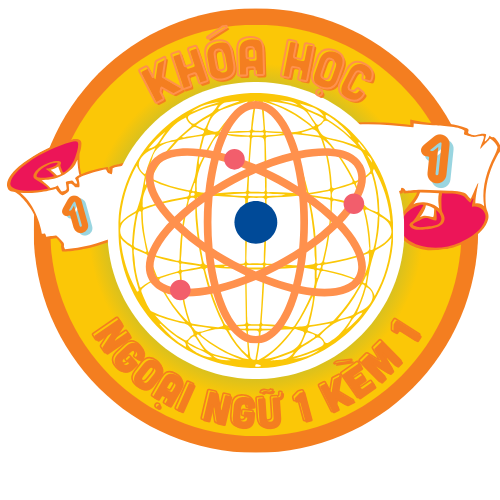In the last few years, computational intelligence has dramatically altered numerous areas, but certainly no field has seen more stunning advancements than visual content creation.
At the cutting edge of this revolution are Generative Adversarial Networks – a brilliant implementation of AI systems that have disrupted how we generate visual media.
Understanding GANs
GAN systems were initially developed by deep learning specialist Ian Goodfellow and his associates in 2014. This revolutionary methodology comprises two neural networks that work together in an antagonistic fashion.
The creative component, on adobe.com known as the composer, strives to synthesize images that mimic realistic. Network two, designated as the assessor, tries to separate between authentic images and those synthesized by the first network.
This dynamic produces a advanced learning mechanism. As the critic develops greater accuracy at spotting computer-created visuals, the generator must develop its capability to create more believable images.
The Growth of GAN Models
Since their introduction, GANs have gone through significant progress. Original architectures struggled with producing sharp outputs and often generated muddled or unnatural outputs.
Still, later iterations like Deep Conv GAN (Deep Convolutional GAN), Progressive Generative Adversarial Network, and Style GAN have substantially advanced result quality.
Arguably the most notable innovation came with StyleGAN 2, designed by NVIDIA researchers, which can create remarkably convincing portraits that are typically indistinguishable from actual photos to the average person.
Applications of GAN Architecture in Visual Production
The applications of GAN architecture in picture synthesis are extensive and continue to increase. The following are some of the most fascinating applications:
Artistic Generation
GANs have created new avenues for artistic creation. Programs like NightCafe enable individuals to synthesize extraordinary images by simply describing what they want.
In 2018, the portrait “Portrait of Edmond de Belamy,” made by a GAN, was auctioned for an astonishing $432,500 at Christie’s auction, establishing the premier exchange of an AI-generated creation at a leading art marketplace.
Image Enhancement
GANs excel at tasks like photo refinement. Systems powered by GAN models can upgrade low-quality images, restore compromised photographs, and even add color to grayscale photographs.
This has important utility for historical preservation, facilitating for old or degraded records to be reconstructed to excellent resolution.
Synthetic Data Creation
In AI, securing substantial training data is essential. GANs can create additional cases, contributing to mitigate constraints in obtainable samples.
This use is especially advantageous in industries like medical imaging, where ethical considerations and infrequency of specific cases can limit obtainable datasets.
Style and Creation
In the clothing sector, GANs are being used to produce new outfits, embellishments, and even entire collections.
Fashion creators can utilize GAN technology to see how specific styles might seem on diverse physiques or in diverse shades, substantially expediting the development cycle.
Content Creation
For content creators, GANs furnish a robust resource for creating fresh images. This is particularly valuable in areas like marketing, game development, and internet communities, where there is a unending requirement for new visual content.
Technical Limitations
Although their impressive powers, GANs persistently confront numerous development obstacles:
Mode Collapse
A notable issue is development instability, where the generator creates a restricted range of results, ignoring the whole assortment of viable images.
Input Imbalance
GANs improve via the instances they’re trained on. If this information possesses partialities, the GAN will mirror these predispositions in its outputs.
To demonstrate, if a GAN is mainly trained on images of people with certain physical characteristics, it may have difficulty generate multiple depictions.
Resource Needs
Training elaborate GAN networks demands enormous computing capabilities, involving high-end GPUs or TPUs. This forms a barrier to entry for numerous scientists and modest institutions.
Ethical Challenges
As with countless digital innovations, GANs present major ethical dilemmas:
Deepfakes and Misinformation
Possibly the most alarming deployment of GAN systems is the production of artificial content – highly realistic but artificial visuals that can present existing persons executing or voicing things they never actually acted or expressed.
This capability presents serious concerns about fake news, democratic subversion, involuntary pornography, and other harmful deployments.
Privacy Concerns
The power to develop lifelike images of persons causes significant information safety issues. Inquiries regarding consent, rights, and proper application of image become gradually crucial.
Creative Value and Acknowledgment
As AI-produced creative content becomes more complex, inquiries surface about creatorship, acknowledgment, and the worth of human innovation. Who earns attribution for an artwork synthesized by an AI tool that was constructed by coders and taught on creators’ generations?
The Future of GAN Architecture
Gazing forward, GAN architecture unceasingly evolve at a swift velocity. Multiple fascinating progressions are on the brink:
Cross-domain Generators
Upcoming GANs will likely become steadily adept of performing across assorted platforms, combining written content, image, sonic, and even moving image components into integrated creations.
Enhanced Precision
Technologists are constructing strategies to give creators with more guidance over the produced images, allowing for more accurate adjustments to specific features of the synthesized outputs.
Superior Operation
Forthcoming GAN architectures will likely become more efficient, consuming reduced computing power to develop and perform, making these tools more obtainable to a greater selection of people.
Ending
GANs have certainly changed the realm of visual creation. From generating artwork to advancing clinical imaging, these formidable systems persistently expand the limits of what’s feasible with AI.
As these capabilities constantly advance, handling the tremendous beneficial implementations with the ethical considerations will be critical to guaranteeing that GAN architecture benefits meaningfully to our world.
Whether we’re using GANs to create stunning artwork, restore historical photographs, or further healthcare studies, it’s obvious that these exceptional technologies will continue to transform our pictorial environment for decades to follow.
ai nudifiers
